Constant changes in the healthcare industry have resulted in technology making a significant contribution to improving patient treatment. Medical scribing, which is an essential part of patients’ encounters, has been affected by AI adoption. The progress in healthcare documentation through intelligent scribing tools has made it possible for doctors to concentrate on their work – caring for patients. In this comprehensive guide, we will look at some of the most popular and advanced AI medical scribe tools that are re-defining standard of documentation in healthcare.
Table of Contents
The Growing Importance of Efficient Medical Scribes in Healthcare
Doctors spend quite a few hours doing paperwork rather than interacting with patients as individuals. There is a need for more efficient medical scribes because of rising patient volumes and administrative burdens. With regards to decreasing the time expended on documentation and enhancing precision in patient records, AI medical scribes provide a solution using automated note-taking processes. This ensures not only that operations run smoothly, but also that information about clients is captured promptly and comprehensively.
Top 8 AI Medical Scribes
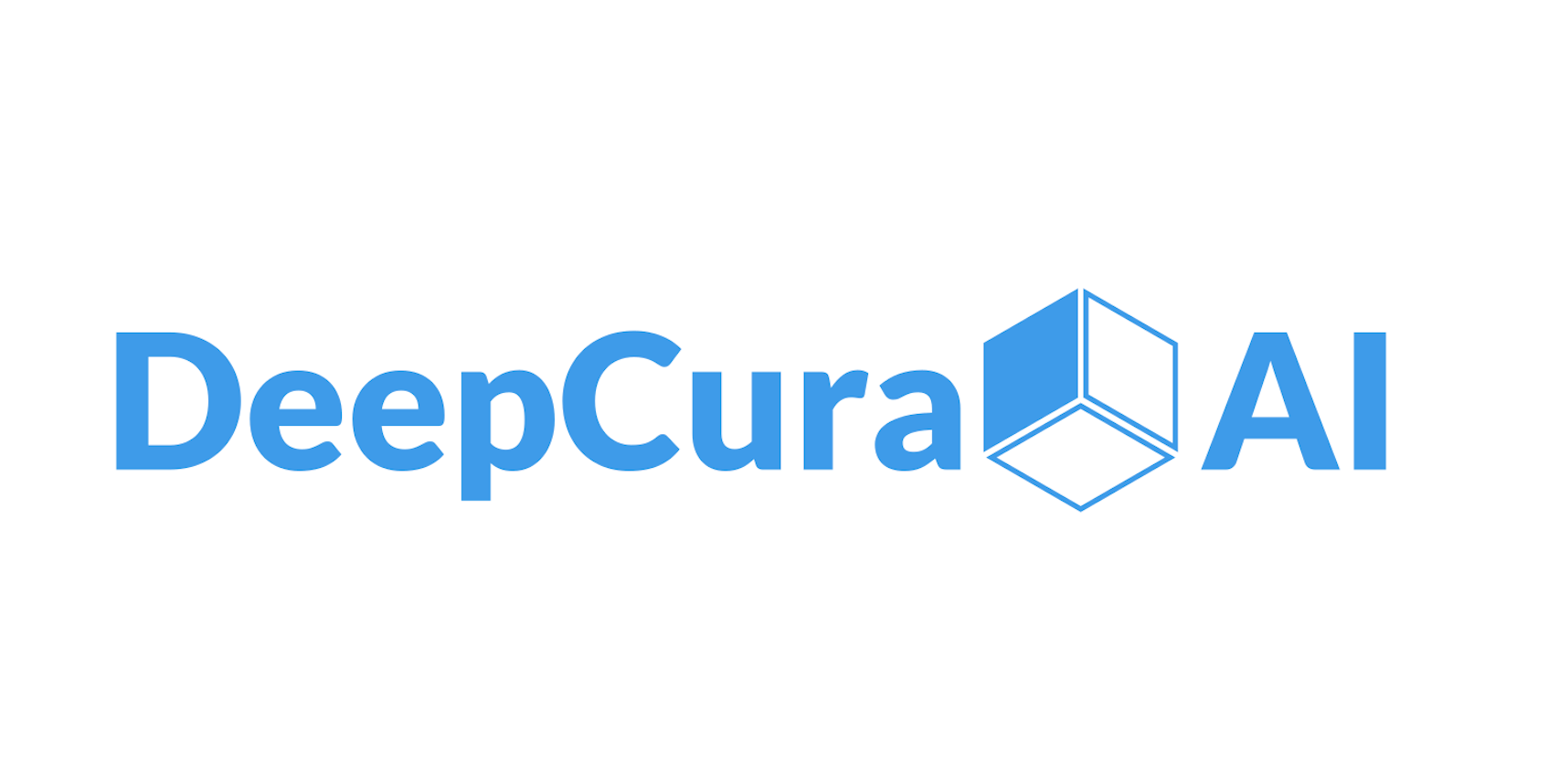
DeepCura Freed
DeepCura Freed aims at simplifying medical documentation and streamlining clinical workflows.
Nuance DAX
Nuance DAX uses AI to revolutionize the documentation process, lessening the burden on physicians while enhancing patient results.

DeepScribe
DeepScribe has been created with flexibility in mind so that it can adapt to the specific requirements of healthcare providers.
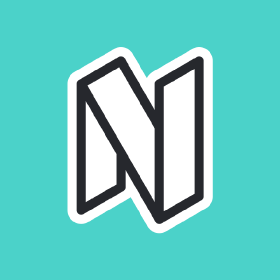
Nabla
Nabla is an AI-based medical scribe tool that excellently understands and records complex medical jargons.
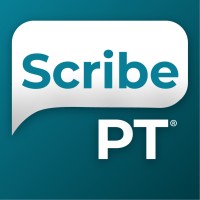
ScribePT
ScribePT is an AI scribing tool that is user-friendly and can adjust to the natural speaking style of a doctor.
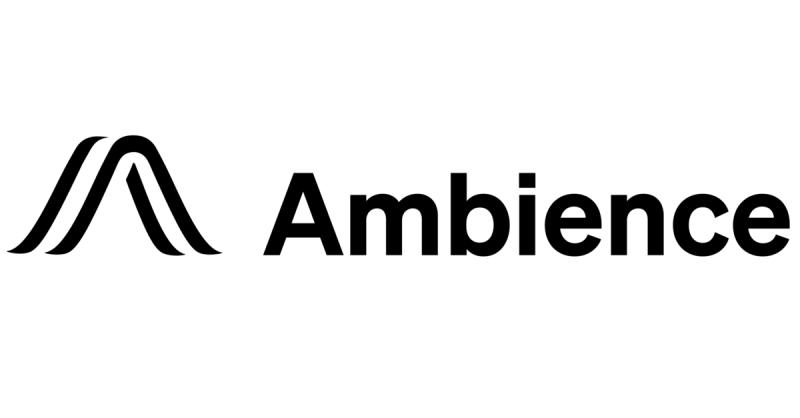
Ambience
Ambience focuses on gathering data without altering the natural flow of the patient-physician conversation.

Tali
Tali, using natural language processing and machine learning, can transcribe encounters of patients with high accuracy and speed.
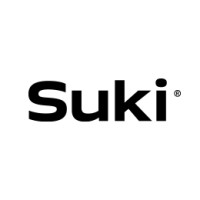
Suki AI
Suki AI is an especially made voice-enabled digital assistant for healthcare providers used in documentation.
DeepCura Freed
This is a piece of software designed to allow you to use artificial intelligence for the purposes of dictating your medical notes into the EHR system.

DeepCura Freed aims at simplifying medical documentation and streamlining clinical workflows. The solution’s advanced NLP abilities enable it to process spoken language conversations real-time into EHRs.
Through its secure IOS application DeepScribe’s own AI can listen in and record doctor-patient interaction taking place in real time. This transcript is then analyzed for key medical facts which are aligned with the SOAP note format before being embedded into existing EHR systems. An infallible human control mechanism ensures these records are correct while continuing to better the automation.
Features
- Transcription done simultaneously.
- Human QA enhances accuracy.
- Learns from writer’s style and formatting using machine learning.
- Applies natural language processing and understanding when converting dictation to text.
- Can recreate your writing style based on examples of your documents.
- HIPAA compliant.
- Real-time voice recognition.
- Integration with multiple EHR platforms.
- Adapts across specialties.
- Semantic information regarding complete patient history.
Pros and Cons
Pros
- High transcription accuracy levels
- Increases physician productivity rates.
- Easily merged with EHR.
- Ambient AI.
- Easy implementation and usage.
Cons
- Initial Cost for starting up
Nuance DAX
Nuance DAX uses AI to revolutionize the documentation process, lessening the burden on physicians while enhancing patient results.
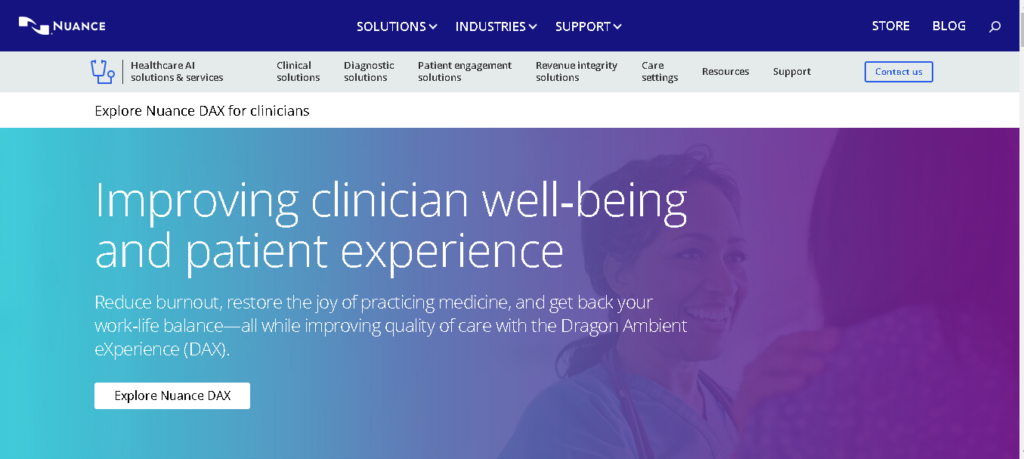
An AI-fueled voice-enabled ambient clinical intelligence (ACI) solution. Efficiency and accuracy are high in transcribing patients’ visits by DAX, which scales across enterprises to enhance healthcare experiences for care providers and patients alike. DAX is able to come up with the patient’s story, the questions a physician asked, or even do a clinical assessment naturally as if it were just another conversation among friends. At the same time create structured and complaint notes that can be signed off by a doctor in a matter of minutes.
Features
- AI-driven voice-enabled ACI.
- Better user experience for patients and providers.
- Ability to expand organizationally.
- Extensive clinical documentation.
- Integration with top EHR systems.
- Ongoing listening without intrusion.
- Personalized clinician experience through adaptive learning.
- Automated support for coding and billing purposes.
Pros and Cons
Pros
- Works in the background without disrupting workflow
- Mobile and work station integration.
- Decreases cognitive load on doctors
- A lot of educational resources to encourage adoption
Cons
- Cost for starting up
See Also: 10 Best AI Tools For Business
DeepScribe
This is DeepScribe, which has been created with flexibility in mind so that it can adapt to the specific requirements of healthcare providers.
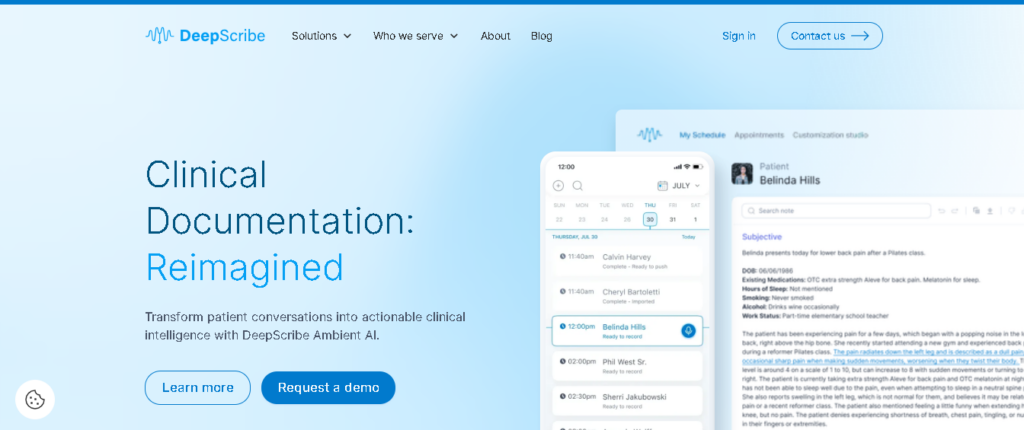
DeepScribe provides customized workflows and templates for different specialties ensuring that every user gets a personalized touch.
Features
- Real-time transcription that’s accurate.
- Ambient AI for a hands-free experience.
- Integration with EHR systems without issues.
- SOAP format note generation automated.
- Support of various conversation models.
- Connects popular telehealth platforms.
- Numerous data security measures are in place.
Pros and Cons
Pros
- A highly individualized user experience.
- Effective introduction of telemedicine into your practice.
- Human quality assurance aids accuracy.
- Seamless integration into existing workflows.
Cons
- Lower initial accuracy of transcriptions .
- Requires a more extensive training dataset for some medical jargon.
Nabla
Nabla is an AI-based medical scribe tool that excellently understands and records complex medical jargons.
Nabla is designed for easy use by a variety of specialists, and can grasp subtle medical terminologies to give accurate transcriptions.
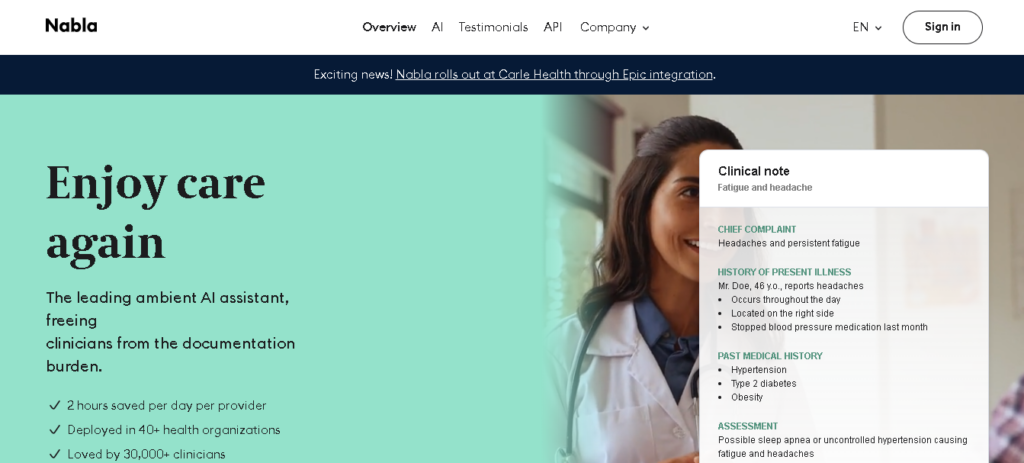
Paris-based company with an AI-powered system that assists doctors in documentation, diagnosis, and treatment. Using its AI capabilities, Nabla’s virtual doctor could listen to the patients’ voices, analyze their symptoms and based on evidence and medical guidelines suggest potential diagnoses as well as treatments too. Furthermore, it can generate notes which are structured as well as comprehensive thus enabling the physician to make necessary changes and confirm the accuracy of such information easily. Besides just being used in making appointments, ordering tests or even prescribing drugs among others Nabla’s AI assistant has other roles such as aiding in scheduling visits or ordering tests.
Features
- AI-powered Medical Assistant.
- Voice recognition and symptom analysis.
- Diagnosis support.
- Comprehensive reports.
- Automation of routine tasks and workflow optimization.
- Supports asynchronous care (chats, voice notes).
- Language models tailored to different specialties.
- Extensive knowledge of medical slang.
- Constant learning for precision & speed improvement.
- Interactive dashboards for review & feedback purposes.
Pros and Cons
Pros
- Great performance within specialty settings.
- Continuous learning models improve over time.
- User-friendly dashboard for feedback.
Cons
- Slightly higher learning curve when fine-tuning is concerned.
- Limited integration with niche EHR systems.
See Also: 10 Best AI Chatbots For Businesses
ScribePT
ScribePT is an AI scribing tool that is user-friendly and can adjust to the natural speaking style of a doctor.
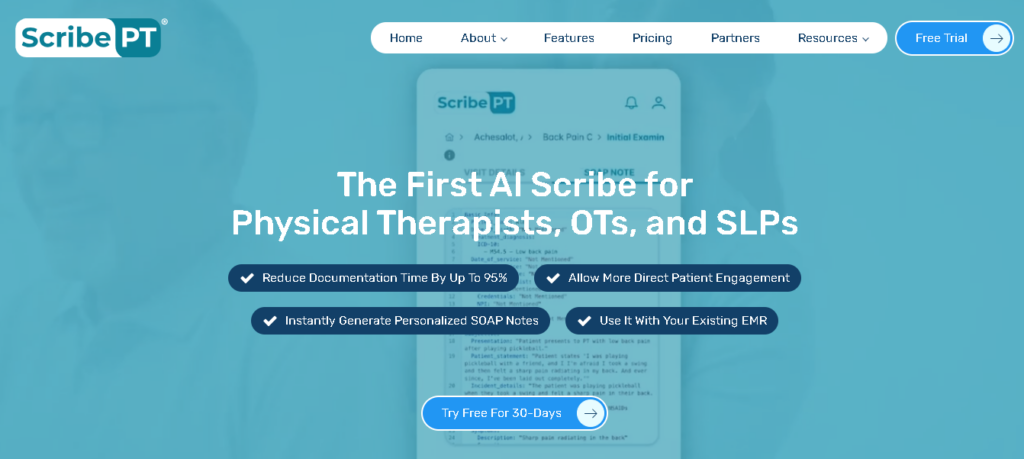
ScribePT uses innovative dialogue management that identifies spoken conversation and converts it into written notes.
Features
- Adaptable to different talk styles.
- Live documentation.
- Incorporation of previous patient details for context accuracy.
- Provision of assistance in customization.
Pros and Cons
Pros
- Little onboarding requirements.
- Full analytical representation and note clustering.
- Remarkable savings on both time and costs.
Cons
- Not as strong in supporting complex consultations.
- Ongoing improvements in dialogue management to improve conversational complexity.
Ambience
Ambience is an AI medical scribe that focuses on gathering data without altering the natural flow of the patient-physician conversation.
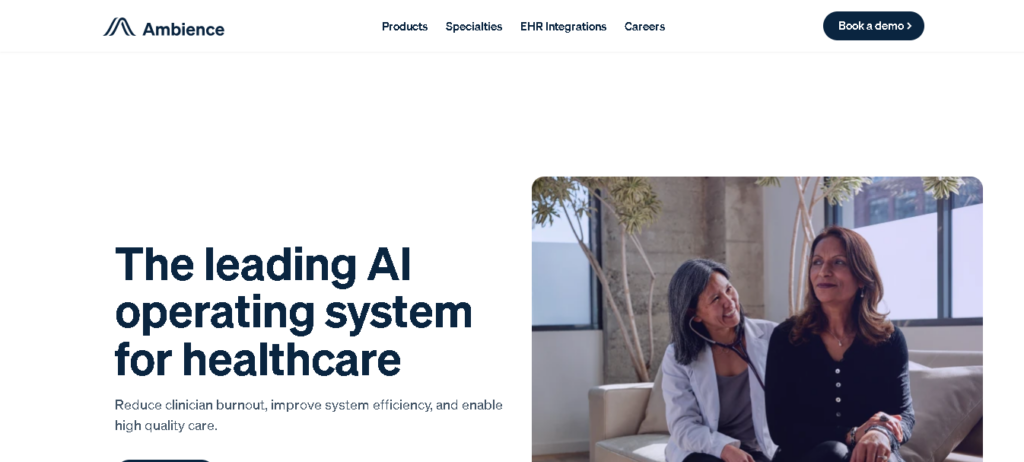
It can automate clinical documentation and data capture. It has a voice intelligence platform that listens to conversations between the physician and patient, transcribes them, and extracts relevant clinical information. The platform also generates actionable insights and recommendations based on the collected data. Ambience’s platform is capable of integration with different EHR systems and devices such as smartphones, tablets or smart speakers.
Understanding that a patient encounter is not just about words but rather involves a whole lot of context, Ambience prides itself in being physician-centric.
Features
- Ambient Voice Intelligence Platform.
- Natural conversations’ transcription and extraction.
- Actionable Insights & Recommendations.
- Integration with Several EHR Systems & Devices.
- Customizable Templates & Workflows.
- Nuanced Ambient Listening for Complex Scenarios.
- Notes that evolve based on Patient-Physician interaction.
- Meeting-Specific Templates for Different Scenarios.
- Comprehensive Meeting Insights towards enhancing Overall Care Plan.
Pros and Cons
Pros
- Exceptional at capturing the context of the conversation.
- Robust technology for quality transcription.
- Meeting-specific templates optimize transcription accuracy.
Cons
- Ongoing updates required for optimal performance.
- Limited support for rare medical terms.
Tali
The medical scribe that is AI based and a tool for medical dictation. Tali, using natural language processing and machine learning, can transcribe encounters of patients with high accuracy and speed. It also produces formatted notes for physicians to peruse and approve with ease. Tali can be integrated with any web-based EHR system.
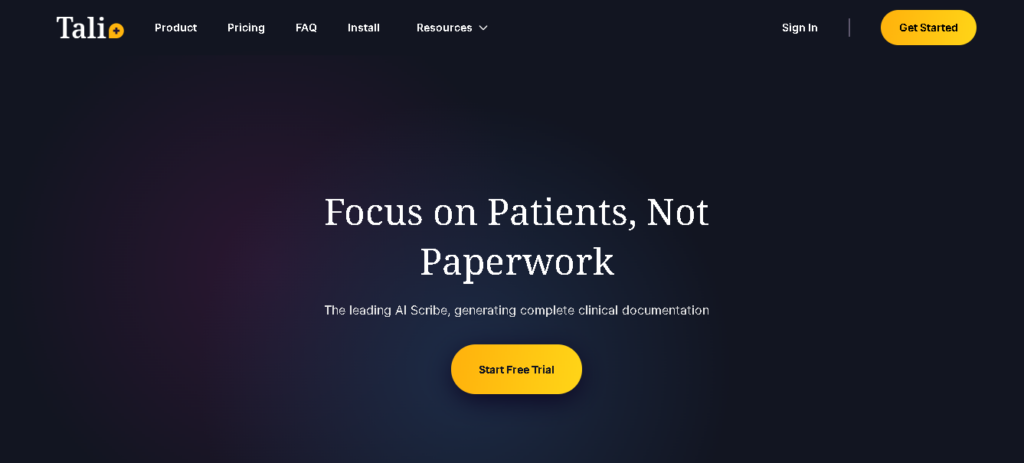
Medical documentation has always been aimed at increasing patient care by defining what the clinical team should focus on doing next.
Features
- Machine Scribe Plus.
- Notes that comply with rules.
- Integrates popular EMR platforms such as those from EPIC Systems or Cerner.
- It supports voice-enabled virtual assistant services
- Cutting down on administrative jobs
- Inbuilt online scribes for doctors’ clinics
- Powerful search engine for medical information retrieval
- Actionable insights are provided by an intelligent summarizer during meetings with patients.
- Real-time documentation of patients in clinics is supported directly by this software.
- Integrated decision support system for prescribers in real time.
Pros and Cons
Pros
- Working toward actionable clinical data capture.
- Fast and highly precise conversion.
- Flexible decision support tools based on emerging industry trends.
- Easy to use interface/Structural design.
- Tali is cheaper than competitors.
- Regularly upgraded according to the latest healthcare developments.
- Tali is an automatic note-taking software that can work alongside EHR systems.
- This assists doctors in saving their time otherwise spent on documentation.
Cons
- It may be more expensive than othersIn some cases, configuration adjustments will be required initially.
See Also: 8 Best AI Tools to Increase Productivity
Suki
The natural language processing capability of Suki allows physicians to speak normally without memorizing exact commands. This in turn makes the learning curve shallower and allows the doctors to easily fit her into their daily routines.
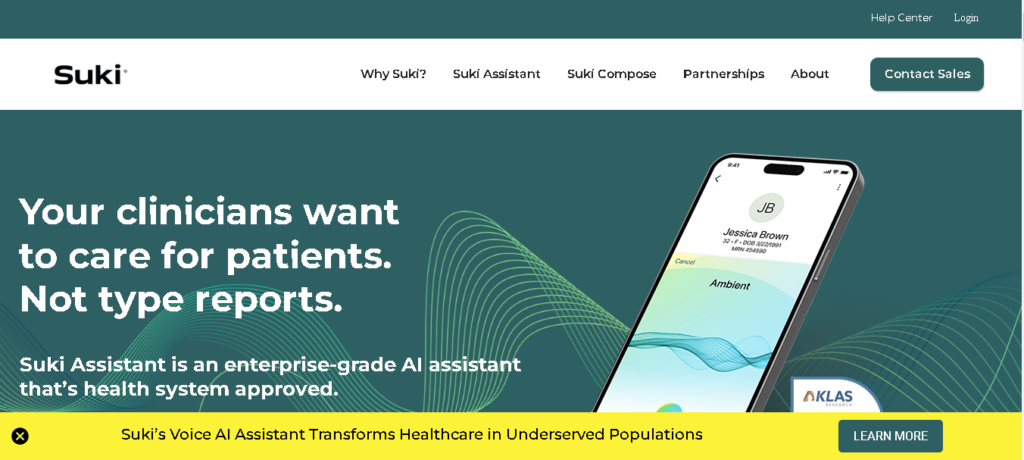
Suki AI is an especially made voice-enabled digital assistant for healthcare providers used in documentation. This AI scribe incorporates machine learning techniques that are designed to understand and capture medical conversation subtleties, thus enabling busy clinicians to write comprehensive patient notes with minimal effort.
FEATURES
- Digital assistant with voice capability.
- Efficient administration management.
- Language processing naturally.
- High compatibility with popular EMRs.
- Time saving while entering information.
Pros and Cons
Pros
- Voice commands for use without hands.
- Decreases burden of office work.
- It facilitates easy operation with natural language processing.
- Faster EMR integration.
- Documentation time saver.
Cons
- Possibility of voice recognition errors.
- Privacy issues related to voice data.
How to select the Right AI Medical Scribe for Your Practice
When searching for a perfect AI medical scribe tool, you must also consider the unique requirements of your practice. Others generate full notes using machine learning algorithms while specializing in voice recognition and transcription. Many tools are also compatible with Electronic Health Record (EHR) systems hence simplifying the transfer of patient data. Before reaching a conclusion, it is necessary to explore various features and abilities of different AI medical scribes that suit best the goals and workflow of your practice.
Learn more: Selecting the Right AI Medical Scribe for Your Practice
Conclusion
The use of artificial intelligence based software in health care practises is more than just a trend; it marks a major step towards enhancing quality treatment delivery. These applications redefine health care by providing healthcare providers with extra time for direct contact with their patients thereby transforming how medicine is practiced these days. This change needs to be embraced by all healthcare professionals who have to carefully look into what’s available in the market to see if it suits their practice. In addition, healthcare documentation no longer needs to be a mere dream; AI has made it possible.
FAQS
How do AI medical scribes tools protect patient data?
AI medical scribes use modern encryption methodologies as well as tough access protocols to guard patient data. They are also designed to adhere to HIPAA and other privacy legislations.
Are AI medical scribes tools suitable for all medical specialties?
A good number of AI Scribe tools suits numerous specialties; however, some may require further training/development to be effective in narrow or extremely specialized healthcare fields.
Can AI medical scribes tools fully replace human scribes?
AI automation assistants are very strong but at the moment they supplement real human beings instead of substituting them entirely. The best results often come from combining AI tools with human expertise.
How do I choose the right AI medical scribe tool for my practice?
Factors such as the size of your practice, number of patients you see on a regular basis, budgetary constraints as well as specific specialty needs should guide you when selecting an AI medical scribe tool/.




